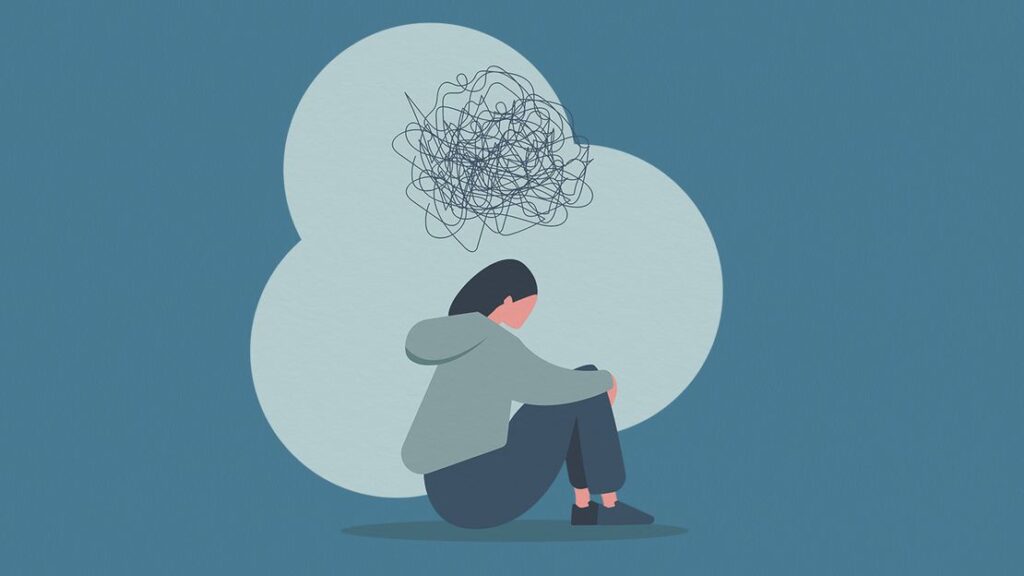Every year, between 6.4-14.8% of teenage boys and between 17.7-30.8% of teenage girls, depending on the state, report engaging in some sort of non-suicidal self-injurious behavior, or self-harm (Monto et al). Though “self harm” can imply any act of intentional harm towards oneself, many teenagers will engage in cutting or burning themselves, hitting themselves with heavy objects, head-banging, or even overdosing on medications without the intent to die. Of these behaviors, cutting is seen most frequently, though many teenagers will harm themselves with a variety of methods. While these methods can result in serious, long-term harm, or even accidental death, it is important to note that teenagers who engage in self-harm are not attempting suicide while they do so.
For many teenagers, self-harm becomes a source of relief or a sense of control. Harming oneself can cause a rush of adrenaline, which may mitigate or interrupt intense emotions or frightening thoughts. For some, the act of representing emotional wounds as physical injuries creates an illusion of power over one’s problems. Self-injurious behavior often feels like a release of tension or anger, and some utilize it as a form of self-punishment, or a necessary outlet for feelings of self-hatred or shame. Though self-harm can sometimes function as a cry for help; most often, it is not attention-seeking behavior, and teenagers will go to great lengths to conceal it.
Though some teenagers may have learned about self-harming from friends or the media, most report coming up with the idea themselves and claim they were not influenced by their peers. Many teenagers who self-harm experience other mental health disorders, such as anxiety, depression, or eating disorders, and are more likely to have a history of abuse, low self-esteem, and suicidal ideation than their peers. As a result, self-harm is a complex issue requiring nuanced and individualized care, and all teenagers who engage in self-injurious behavior should receive mental health treatment, whether that involves outpatient psychotherapy and psychiatry, a residential treatment stay, or local support groups. While self-harm itself does not constitute a suicide attempt, it is especially important to monitor teens who may be struggling for signs of increasing suicidal ideation.

Reportedly, girls are much more likely to self-harm than boys, and the average age at which teenagers of both genders begin to engage in self-harm activities is between 12 and 14. Many teenagers will “out-grow” self-harm as they age and become less impulsive, though if the self harm was never treated, the same factors that motivated them to harm themselves may persist and show up in other mental health conditions or addictions later on. Some individuals will continue self-harming, and may be diagnosed with Borderline Personality Disorder, though it is important to note that most teenagers who self-harm at some point in time will not. Many teenagers who engage in non-suicidal self-injury tend to have impulsive personalities, and some additionally are perfectionists and overachievers.
Self-harm can have serious ramifications. It may lead to permanent scars, uncontrolled bleeding, infections, guilt or shame, and a feeling of being addicted to the behavior. It may also lead to increased social isolation and diminished relationships. Because of the dangerous nature of self-harm, it’s important to be aware of certain risk factors for teenagers:
- Are they constantly wearing long sleeves or pants, even in warm weather?
- Do they consistently have new and unexplained or suspicious cuts, bruises, burns, scars, or other marks?
- Do they seem to have a suspicious amount of sharp or dangerous objects, such as knives or razor blades, on hand at any time?
- Do they have difficulties with their interpersonal relationships?
- Are they developing symptoms of anxiety, depression, substance misuse, or disordered eating, or did they already experience one of these disorders?
- Do they regularly communicate feelings of hopelessness or worthlessness?
- Do they have trouble regulating their emotions, such as crying readily or losing their temper?
All of these are warning signs of self-harm. If the answer to several or most is yes, having a conversation with the teenager about what you’ve noticed may be important.

Remaining mindful of these warning signs can help identify a struggling teenager and connect them to appropriate resources for treatment more quickly. Parents and caregivers should approach their teenagers gently and compassionately if they have concerns about self-injury, and should ensure that their teenager knows they are not mad or disappointed. Self-harm requires treatment, not punishment, and parents should keep in mind that it is often a symptom of a much larger problem, and take care to avoid making their child feel bad for struggling with self injurious behaviors. Recognizing the warning signs and seeking treatment is essential, and will help teenagers address the underlying difficulties that create the desire to self harm so they can break out of these patterns before they become more entrenched in the future.
If you are concerned your teenager may be struggling with self-harming behaviors, through our concierge services, Connections in Recovery can connect your family to relevant resources and professionals who specialize in non-suicidal self-injury, including outpatient therapists, psychiatrists, and support groups. We also offer therapeutic placement services for teenagers who may require a higher level of care such as residential treatment or partial hospitalization, and can provide safe transport to and from programs. Additionally, at the outpatient level, we offer recovery coaching services, and all of our coaches receive training in both self-harm and the many conditions it often accompanies.
To learn more about self harm from Dr. Iannelli writing for VeryWellMind, click here.
To learn more from researchers Martin Monto, Nick McRee, and Frank Deryck, click here.
For more information about symptoms and warning signs from the Crisis Text Line, click here


